This blog post will be updated continuously during my project and will constitute of visuals that I have found inspiring, innovative and useful to learn from particularly for the highly visual graphic design content I will be producing.
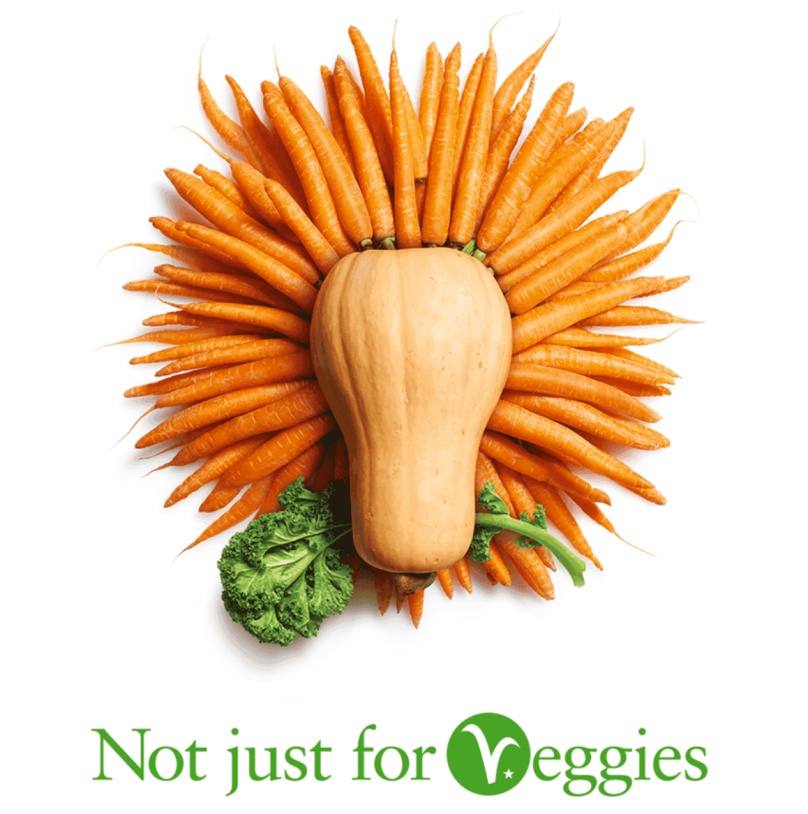

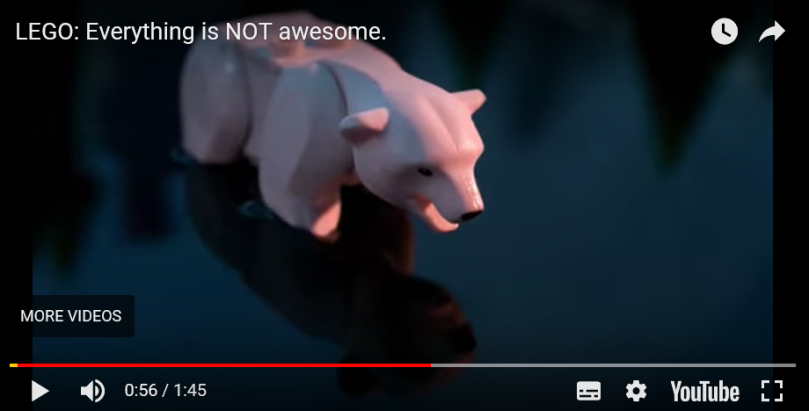
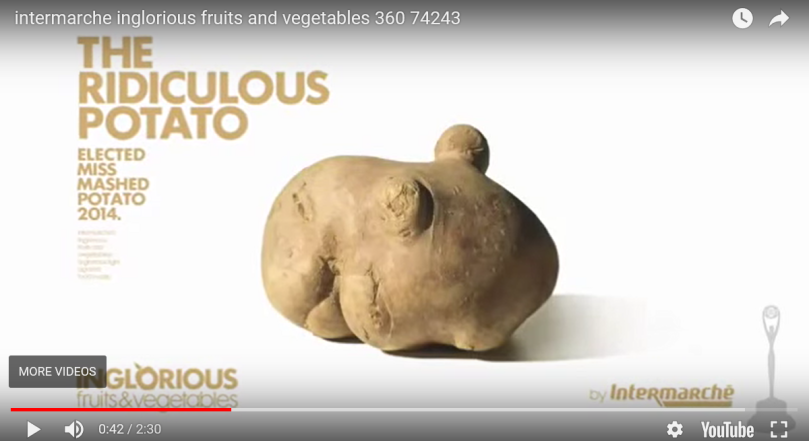

This blog post will be updated continuously during my project and will constitute of visuals that I have found inspiring, innovative and useful to learn from particularly for the highly visual graphic design content I will be producing.






As a multi-format social awareness campaign, my project does not necessarily constitute as a commercial product as I do not at this stage intend to sell a product or service, nor do I intend to plan for advertising revenue. Instead, I present my project as a not-for-profit institution that aims to raise awareness and educate students. This therefore means that any ‘competitors’ of my project, aren’t truly competitors – as we all have the same end goal of reducing meat consumption and making more sustainable efforts for the planet. It is however, important to review what the market leaders in this field are currently doing, so that I can understand what has worked for them so far, and what hasn’t, the challenges they face and the marketing tactics they use to reach out to their audiences.
When thinking of who are the leaders in the environmental and meat-free approach and lifestyle, I immediately thought of the ‘Veganuary’ campaign. Veganuary is a registered charity that encourages people to try going vegan for the month of January. I reached out to the Co-founder of the Veganuary campaign via LinkedIn in order to conduct insight rich, lead-user research. Lead user research was coined by Eric von Hippel in 1989 who acknowledges the importance of looking at lead users as a form of market research.
“Since lead users are familiar with conditions that lie in the future for most others, they can serve as a needs-forecasting laboratory for marketing research” (von Hippel, 1989, p24).
This research is therefore not only a great way to see what Veganuary are doing as innovative leaders in the field, but also as a way to uncover current issues that I can provide solutions for through my campaign strategy.
I organised a Skype call with Veganuary Co-founder Jane Land, and prepared some questions before the call began as prompts throughout our conversation.
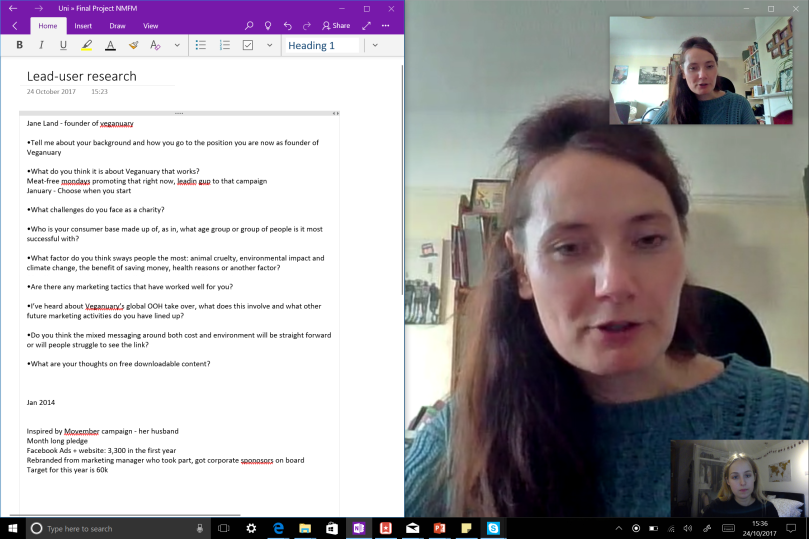
Veganuary was founded in 2014 by Jane Land and her husband, who were both inspired by the ‘Movember’ campaign (where men are encouraged to grow a moustache in the month of November to raise money and awareness for men’s mental health). They are small team of about 10 employees and they have a website, Instagram page, Facebook page and Twitter account.
Jane believes that Veganuary is effective because of the focus on a month long pledge, and the time of year that they hike up their advertising. January is a popular time for people to make changes to their lives and oftentimes people are looking to lose weight and make new resolutions straight after Christmas. Recent proliferation in similar campaigns like the McCartney’s family idea of a ‘meat free Monday’ has helped popularise Veganuary.
The challenges Veganuary face as a charity span widely and some surprised me upon finding out. Inevitably, most charities face the challenge of funding. Jane shares that Veganuary relies on crowd-funding to support their renowned ‘public transport takeover’ print advertising. Last year, Veganuary ‘took over’ the London underground with a large proportion of posters that used a soft marketing message as seen below. This is something that has inspired the basis of my own project, as I am not fond of the aggressive marketing tactics used by other similar campaigns. For the impending Christmas season, Veganuary are currently working on crowd-funding enough money (£82k to be exact!) to take on a global out-of-home takeover which spans across the underground tubes and surrounding areas of London, Manchester, Boston and Sydney.
Jane shares further that with such success within just four years of launching comes an incredible strain on resources, time and people. As the charity only has a handful of employees, dealing with the success of Veganuary has been a difficult task.
“The general public assume that because we are becoming so successful, we can deal with everything, when that’s not the case. People aren’t aware that we’re just a small organisation.”
This goes to show that a small charity now has the means to go global from just launching in one UK city and raising awareness through social media channels. That does however come with consequences on being able to manage such success and evolve at such pace.
With the main marketing message of Veganuary being to encourage people to go Vegan for one month, this has led to criticism from vegans themselves. Jane mentioned how they faced criticism for “not being vegan enough” due to the nature of the campaign appearing as though Veganuary is asking people to be vegan for one month only. Veganuary’s underlying motive is to hope that people enjoy the lifestyle so much that they carry on, or that they incorporate more meat-free days following the months of January.
Alongside that, those who do Veganuary raise awareness through word of mouth and social media. As a result, this has created a wider impact in particular this year on brands and chain restaurants who have taken the campaign on as a fundamental part of their marketing strategy. For example, All Bar One, Handmade Burge Co. and Pizza Hut have introduced ‘Veganuary’ menus and brands like Ben & Jerry’s, The Body Shop and Superdrug have even used Veganuary in their social media marketing.
This backlash from vegans stems back to the negative stigma associated with ‘aggressive’ vegans talked about in [Lit Review post here] and is something that I will need be wary of myself. The objective of encouraging students to go meat-free for just one day a week could face backlash from vegans stating that one out of seven days isn’t enough. My argument to this is that it’s one day more than it was before, and in sharing tasty recipes that students may learn to enjoy, alongside the benefits of saving money, it may lead to longer-term effects of students eventually taking on a vegan diet permanently.
I questioned Jane on how Veganuary face competition and she said that Veganuary don’t truly have competitors. Other ‘competitors’ as such, like The Vegan Society, have the same end goals as them. As a result, Veganuary meet up with their ‘competitors’ often as part of a community who share what they’re working on and to ensure they’re not doing double the work by both doing the same thing. This was really interesting and surprising to hear.
Jane shared the difficulty in monitoring the effectiveness of Veganuary. She discusses how they ask people to sign up for the ‘Veganuary pledge’ via email to firstly see how many people sign up, and secondly, monitor whether those signed up are staying vegan by emailing them in February. She shares that it may not be the most accurate way of tracking the effectiveness, but it does give them an approximate figure.
I asked Jane what marketing tactics have worked well for them and she shared that Facebook was the most effective in that the bulk of their sign ups are generated from their Facebook page and sponsored adverts. The second most effective marketing strategy was their London underground print advertising last Christmas. She said it got people in engaged to take photos with the posters and it targeted their most popular audience demographic of 25-34 year old women. This surprised me that print advertising could still be so effective in this digital focussed, social media marketing world we currently find ourselves in. I am still unsure however whether print advertising would work with my target audience of students. Though there is the potential to place posters around University campuses, a more cost effective approach on using social media may work better in my initial launch of the campaign to garner broader awareness.
In summary, the Skype call with Jane was really insightful to see how such a small charity have seen a huge success in just four years. The marketing strategies used, especially prevalence on social media to raise awareness, and learning about the challenges they face, have all given me plenty to think about in how I want my project to form going forwards.
References
Von Hippel, E. 1989. New Product Ideas From ‘Lead Users’. Research Technology Management. Vol 32 (3), pp24-27.

I have looked at the top 3 organisations/charities that I believe are competitive to what I am trying to achieve with Worth my Earth. It is difficult to describe these organisations as competitors, for we are collectively all trying to raise awareness as opposed to making profits or steal each others ‘customers’. We are essentially all trying to build off each other and work together to achieve similar, albeit slightly differently focused, missions!
I have outlined the key strengths and weaknesses of all three competitors and discussed how those strengths and weaknesses will inform my decisions through my project creation.

Strengths
Weaknesses
How these findings will inform my project decisions:
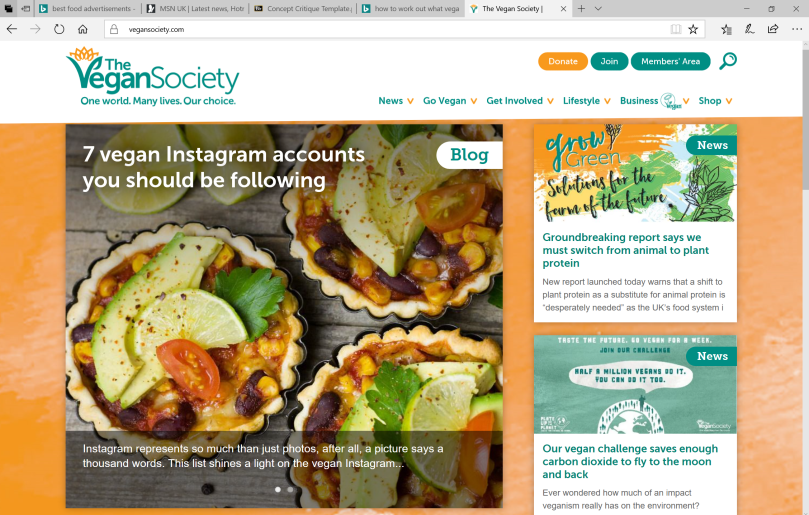
Strengths
Weaknesses
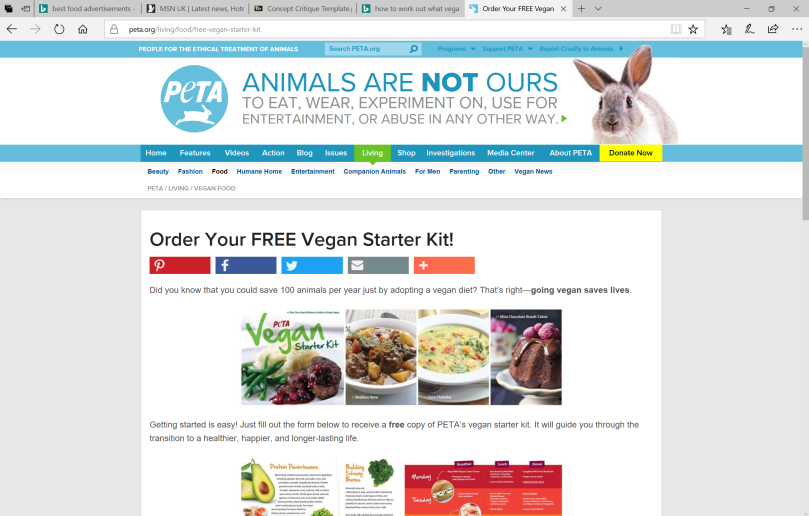
Strengths
Weaknesses